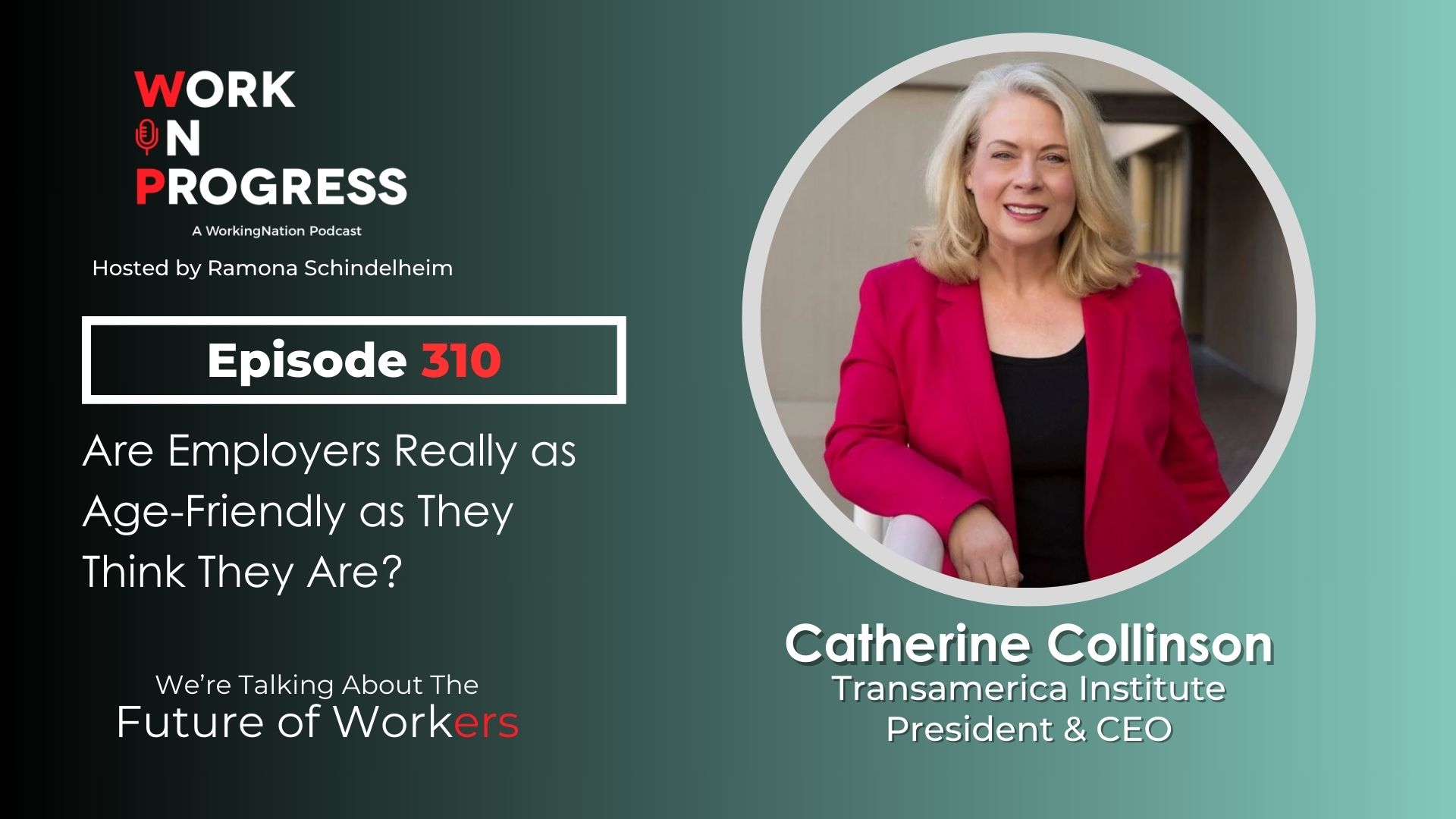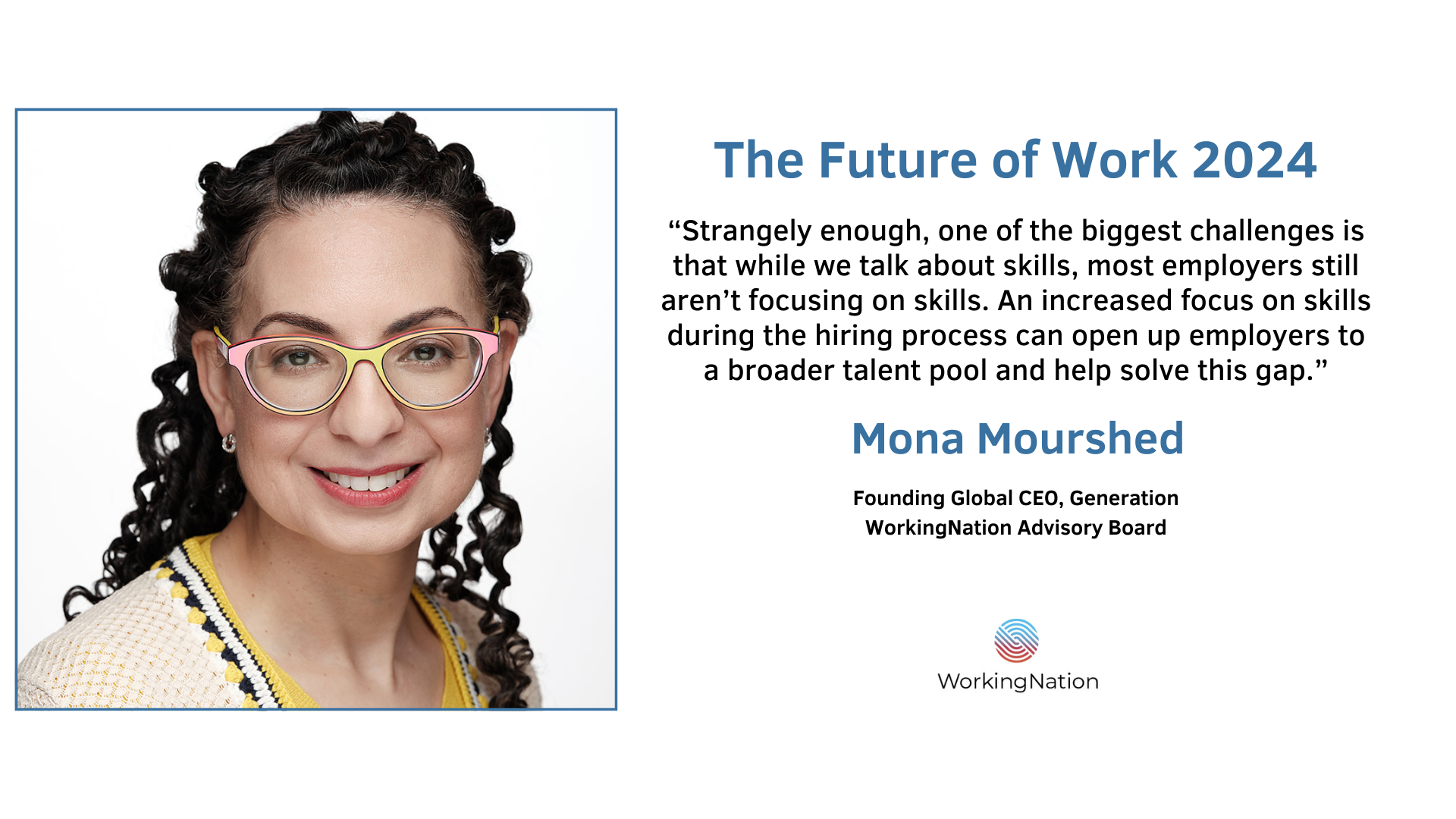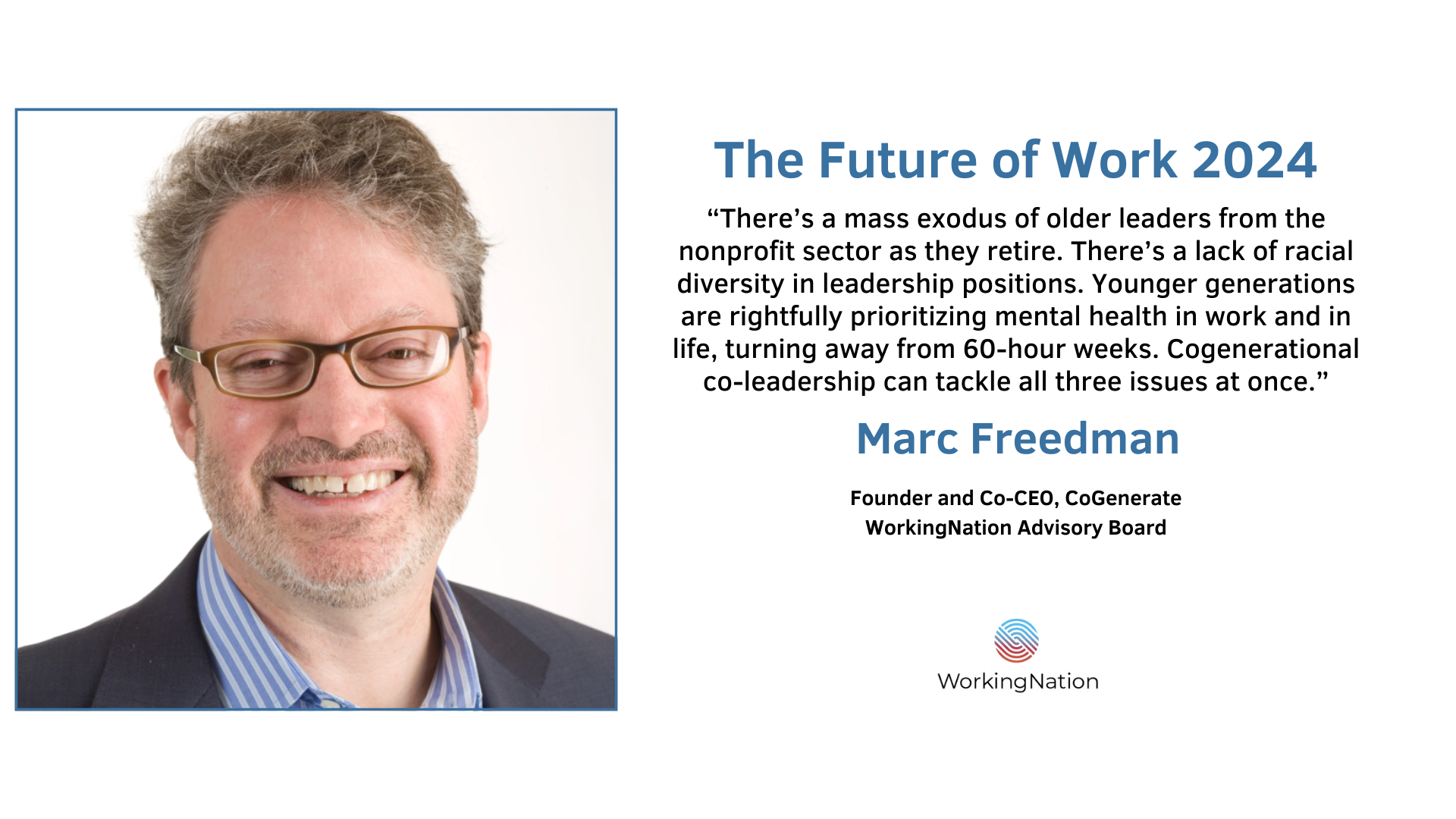People are living longer. Some want to work longer, some need to work longer. But ageism is an issue that challenges older workers. According to a survey by Hiscox, 44 percent of workers over the age of 40 have either personally experienced or know someone who has faced age discrimination on the job.
Chris Garland, vice president of workforce development at the Center for Workforce Inclusion (CWI) says, “According to the Bureau of Labor Statistics (BLS), workers 55 and older will make up 25 percent of the workforce by 2028. These workers are not going anywhere. They’re here to stay.”
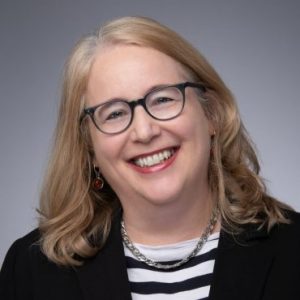
CWI states, “We work with partners to build innovative, cutting-edge approaches to workforce development. We provide training and guidance to bring our low-income, older workers back to our workforce. And, we focus on low-income, older job seekers who have been underserved by traditional workforce development including women, veterans, and formerly incarcerated individuals.”
The Senior Community Service Employment Program (SCSEP)—through the U.S. Department of Labor—serves participants nationwide who are 55 and older, and unemployed with an income of no more than 125 percent of the federal poverty level.
Participants gain work experience with placements in partner host agencies. These include nonprofit and public agencies, such as libraries, schools, hospitals, daycare centers, and senior centers. Typically, participants are eligible to receive SCSEP services for 48 months, but because of COVID-19, DOL has extended the time frame an additional year.
Because of age, participants are considered high risk for COVID, so many have been unable to work. In March, the DOL placed participants on paid sick leave so they could continue receiving wages.
Among its various programs, CWI works with SCSEP host agencies in 13 states serving 4,000 participants.
Garland says the pandemic has presented a new set of issues. She notes, “This does not impact their ability to work other than making them more at risk. How do we manage their safety in the workplace? How do we open up the world of remote work? How do we help them bridge the gaps to technology and broadband?”
Garland continues, “What we try to do is be a voice for older workers in this country. We’re trying to get resources to raise that voice up and say ‘we’re a vital part of this economy, this community.’ We really need to get serious about solving these issues.”
“The stereotype is that they can’t learn. As we age, we have the ability to learn just as much as when we were seven or eight. There’s no limit on our ability to learn. It’s a stereotype to say that older people can’t learn to use technology.”
East Side Neighborhood Services in Minneapolis
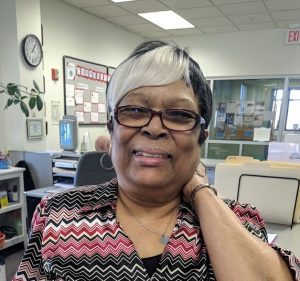
For 16 years, Barbara Freeman was an advocate for victims of domestic abuse. New management took over and with no forewarning, she was let go. “It truly devastated me because I was used to working since the age of 15.”
Encouraged by her daughter, Freeman sought training from East Side Neighborhood Services (ESNS) in Minneapolis. She is now a program assistant at ESNS and prior to the pandemic outbreak, had been working in the office doing filing, scanning, faxing, and honing her basic computer skills.

Katey Wade, SCSEP program manager at ESNS, says, “A typical participant is someone who is ready to really get involved in the community, ready to be more active, and social. Ready to build skills, ready to absorb as much information as possible.” ESNS does onsite trainings for several weeks before placing participants with a host agency. These trainings focus on soft skills including mock interviews, time management, even reminders to stay off the phone while working.
ESNS manages 100 participants and collaborates with 60 host agencies. Wade says the jobs can include front desk worker, custodian, office assistant. She says, “Our project is seeing more participants offered a position within the host agency.” She says 25 percent are landing permanent jobs. “I think it’s really helpful when someone can see ‘this person is really good at what they’re doing.’ They really know the job. It’s a lot of time and expense for a supervisor to train somebody to take over the position.”
Currently, only about 10 percent of the ESNS participants have been able to return to in-person work.
Wade is excited that DOL, in response to the pandemic, is allowing remote work. “We put together a telework task force. There are participants whose job it is to speak with supervisors and ask the host agencies’ needs. There may be completely new positions because of COVID.”
ESNS’ Freeman is working remotely. Her desktop computer from the office was moved to her home. She enjoys “getting up every day, getting on Zoom, seeing people.”
Wade says not everyone has access to a computer or internet service. “If they have a phone, what can they do? Some are calling donors and thanking them for their donations.” She notes these interactions are helping participants not feel isolated. She adds, “Being in SCSEP is more than a job. It’s more than a paycheck. It’s a lifestyle.”
With most permanent placements landing at host agencies, Wade says another five percent of participants get jobs outside that space. Freeman is hoping to find a position, once again, working with domestic abuse victims. At 72, Freeman says, “SCSEP is the best help I could have gotten. I never planned on retiring. My goal is to work until it’s time for me to go home.”
Curative Connections in Green Bay
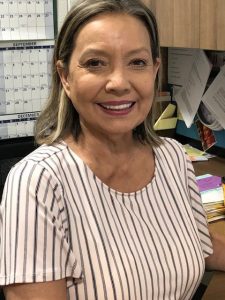
“It’s just a win-win-win,” says Deb Buckley, SCSEP project director for Curative Connections in Green Bay which serves 14, primarily rural, counties. Curative Connections has about 120 SCSEP participants and 60 host agencies. She explains, “The seniors are making money to supplement their income, the nonprofit or government agencies are receiving workers, and the seniors are spending their earnings in their communities.”
Buckley reminds, “The older worker brings loyalty to the employer. They are not going to leave for a nickel-more-an hour-down the street.” Buckley says, “Maybe five or 10 percent of host agencies are permanently hiring our workers mainly because they can’t afford to do that anymore.” She adds, “It’s an important target to try to get at least 40 percent of our people unsubsidized jobs. For our area, we probably average 25, 30 percent. We’re a little below the average. A lot of it has to do with transportation and lower-income people not having vehicles.”
Buckley is pleased that 90 percent of Curative Connections’ participants are back on their jobs with COVID safety protocols in place. “I’m so proud of my seniors. They were begging to go back to work.”
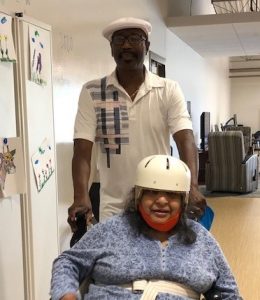
Bobby Hill, now 64, first sought training at Curative Connections four years ago. He had suffered an injury and left his job at a meatpacking company. After experiencing some hardships, Hill left the program, but was able to return last year. In June 2019, he began working at an adult daycare program for people with disabilities, dementia, and Alzheimer’s. Hill is happy to be back at work wearing PPE.
Curative Connections arranged for Hill to get CPR and first aid certificates at Northeast Wisconsin Technical College. He is thrilled he completed a personal care worker credential just before the pandemic started. When it’s safe to begin hiring at private nursing homes and assisted care facilities, Hill hopes to find a job as a PCW.
Says Hill about his upskilling accomplishments, “I proved to myself that I could do it. And I enjoy it. I like working with people. If you like what you’re doing, it’s not a job to me.”
CWI’s Garland says employers should give this population serious consideration. She adds, “You have to be tough to get old, so there’s a certain resilience. I’ve admired, observed, and appreciated this in the clients. They’ve had a lot of life experience.”
“You have to look at the whole person. Older workers can become mentors in the workplace. They’re a steadying influence. They can really round out the dynamics of your workforce.”


